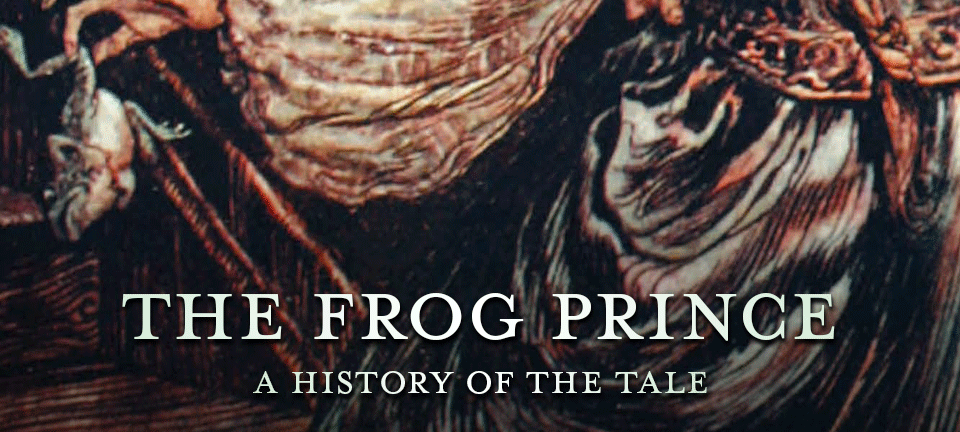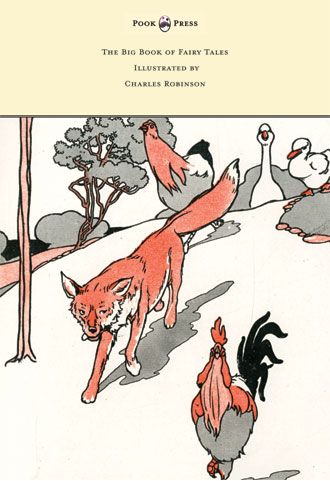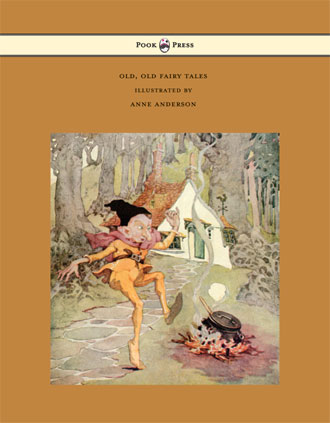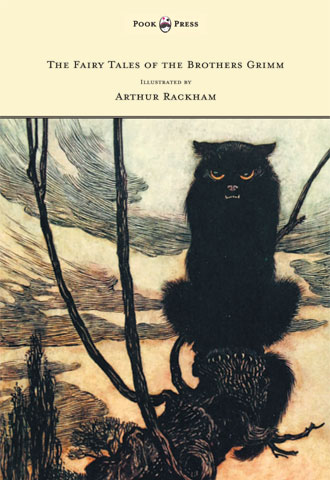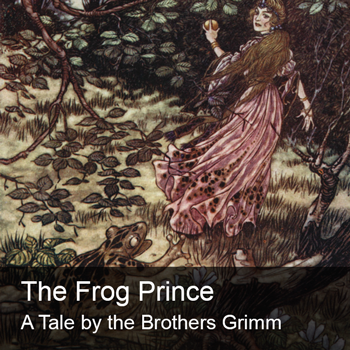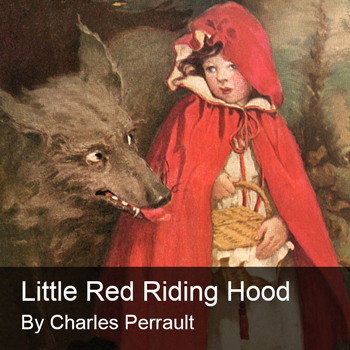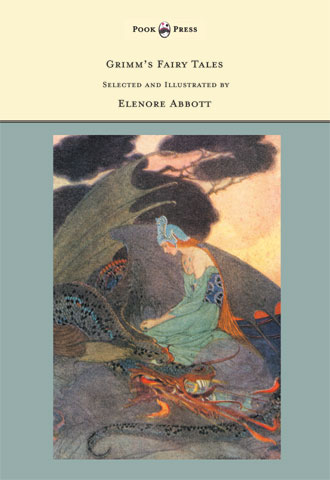The History of ‘The Frog Prince’
The Frog Prince, or, Iron Henry (German: Der Froschkönig oder der eiseme Heinrich) is a fairy tale best known through the Brothers Grimm’s written version. Traditionally it is the first story in their collection, Children’s and Household Tales (Kinder und Hausmärchen, 1812).
The Brothers Grimm (Jacob (1785-1863) and Wilhelm (1786-1859)), were German academics, cultural researchers, lexicographers and authors who together collected and published folklore. This was part of a more general trend in the nineteenth century, whereby folk stories garnered substantial interest, seen to represent a pure form of national literature and culture; the common folk (Volk). Between 1812 and 1857 they revised and republished their now celebrated collection, Grimm’s Fairy Tales.
SELECTED BOOKS
This trend, known as ‘romantic nationalism’ ensured the revival of the fairy tale not just in Germany, but all over Europe. In fact, although the Grimm’s tales were meant to be a reflection of German popular culture, many were inspired by the Parisian Charles Perrault (who wrote tales intended for the literary salons of an aristocratic French audience).
Today, the stories first collected in Kinder und Hausmärchen are incredibly well known, often added to by other authors as well as a source of unending inspiration for illustrators. Distinguished artists such as Arthur Rackham, Kay Nielsen and Anne Anderson, have all provided imagery for the text.
***
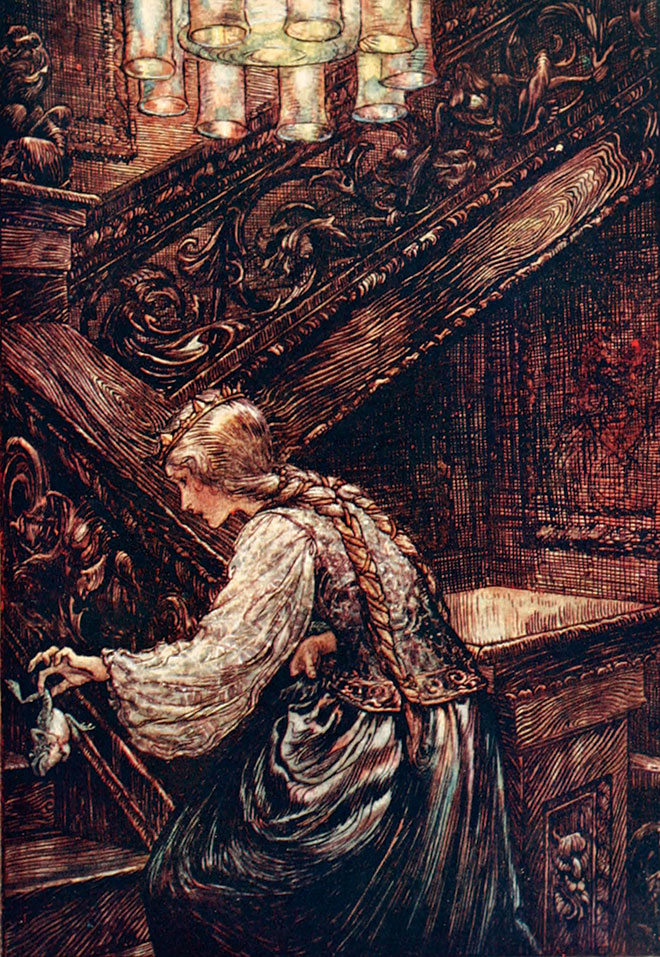
‘The Frog Prince’ – The Fairy Tales of the Brothers Grimm, Arthur Rackham, 1909.
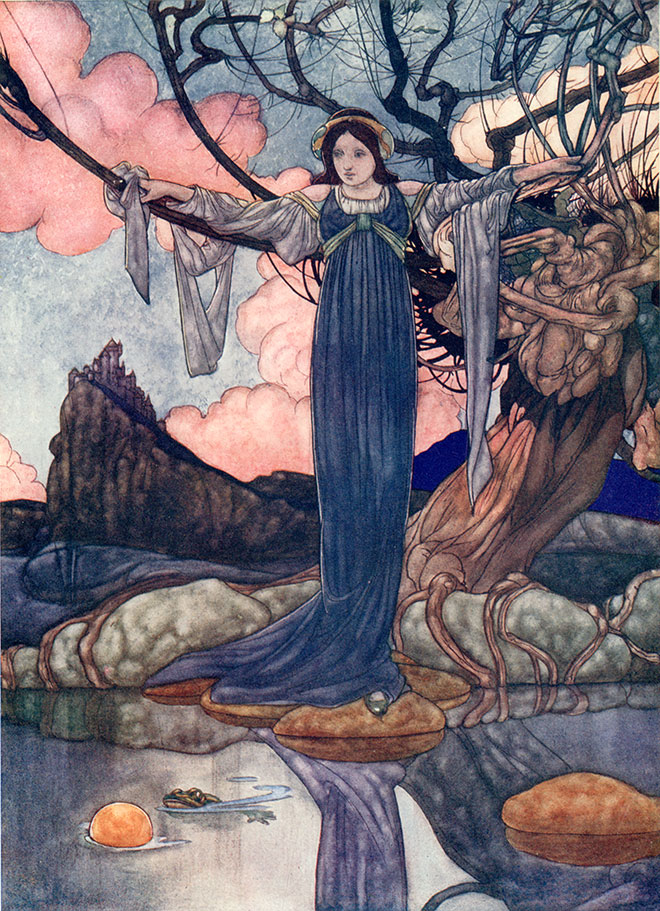
‘The Frog Prince’ – The Big Book of Fairy Tales, Charles Robinson, 1911.
In the Grimm’s rendition of The Frog Prince, the tale starts with a spoiled princess reluctantly befriending a frog prince – who magically transforms into a handsome (human) prince! She met him after dropping a gold ball into a pond, attempting to retrieve her prized object. Although in modern versions the transformation is invariably triggered by the princess kissing the frog, in the original Grimm version of the story, the frog’s spell was broken when the princess threw it against a wall in disgust.
In other earlier versions it was sufficient for the frog to spend the night on the princess’s pillow. A popular phrase related to this story is used to encourage those who seek true love; that ‘you have to kiss a lot of frogs before you find your handsome prince.’ It is unclear when this romantic element was added to the story however. Maria Tatar’s The Annotated Brothers Grimm merely attributes it to ‘modern versions of the story’ without being more specific.
The Grimm’s first volumes were much criticized because although they were called ‘Children’s Tales’ they were not regarded as suitable for children; both for the scholarly information included and the subject matter. Many changes have thus been made through later editions, such as turning the wicked mother of the first edition in Snow White and Hansel and Gretel to a stepmother – all with an eye for ‘suitability.’
Despite this early controversy though, The Frog Prince is lauded today and is classified under the Aarne-Thompson system as ‘fairy tale type 440’. Other related folk tales include the English translation (and substantially changed story) of The Frog Prince, first penned by Edgar Taylor. Taylor (1793 – 1839) was the first person to translate Kinder und Hausmärchen in its totality, publishing the work in the UK as German Popular Stories (1823).
The popularity of the Grimm’s collected folk tales continues unabated. They are now available in more than 160 translations and have been adapted by filmmakers such as Lotte Reiniger and Walt Disney. The 2009 Disney film, The Princess and the Frog is loosely based on this story. It is a tale for old as well as young, important for its historical and literary context as well as a fantastic example of folkloric story telling.
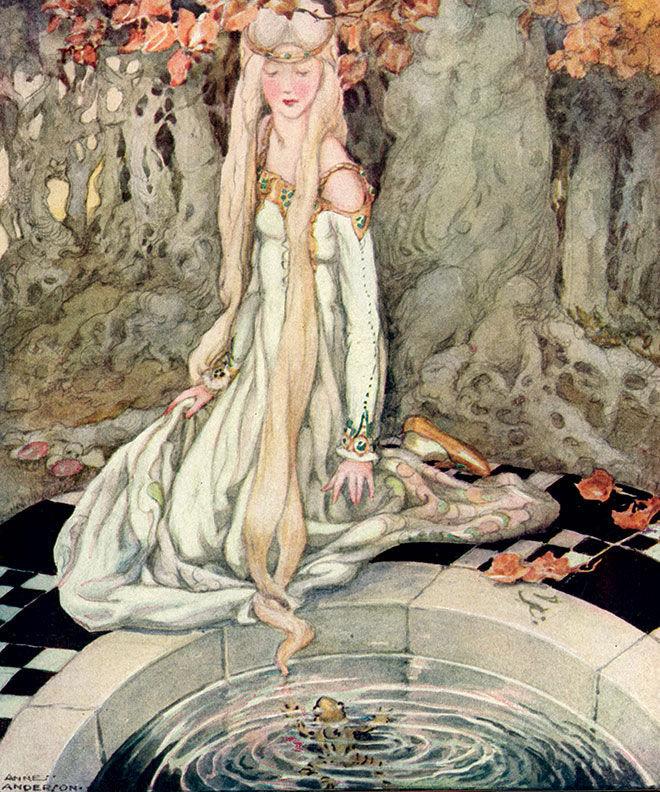
‘The Frog Prince’ – Old, Old Fairy Tales, Anne Anderson, 1935.
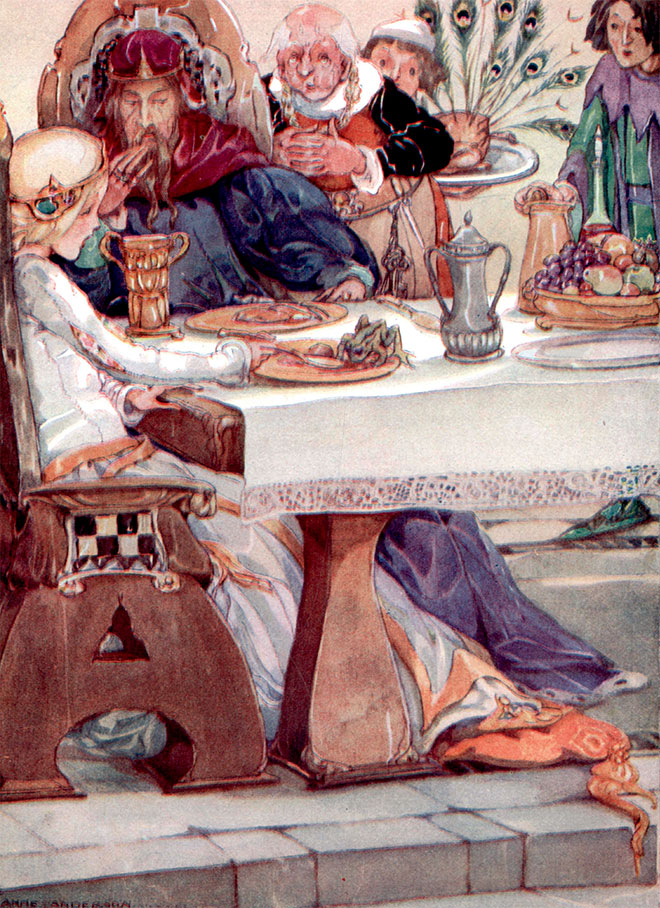
‘The Frog Prince’ – The Fairy Tales of Grimm, Anne Anderson, 1936.
SELECTED BOOKS

